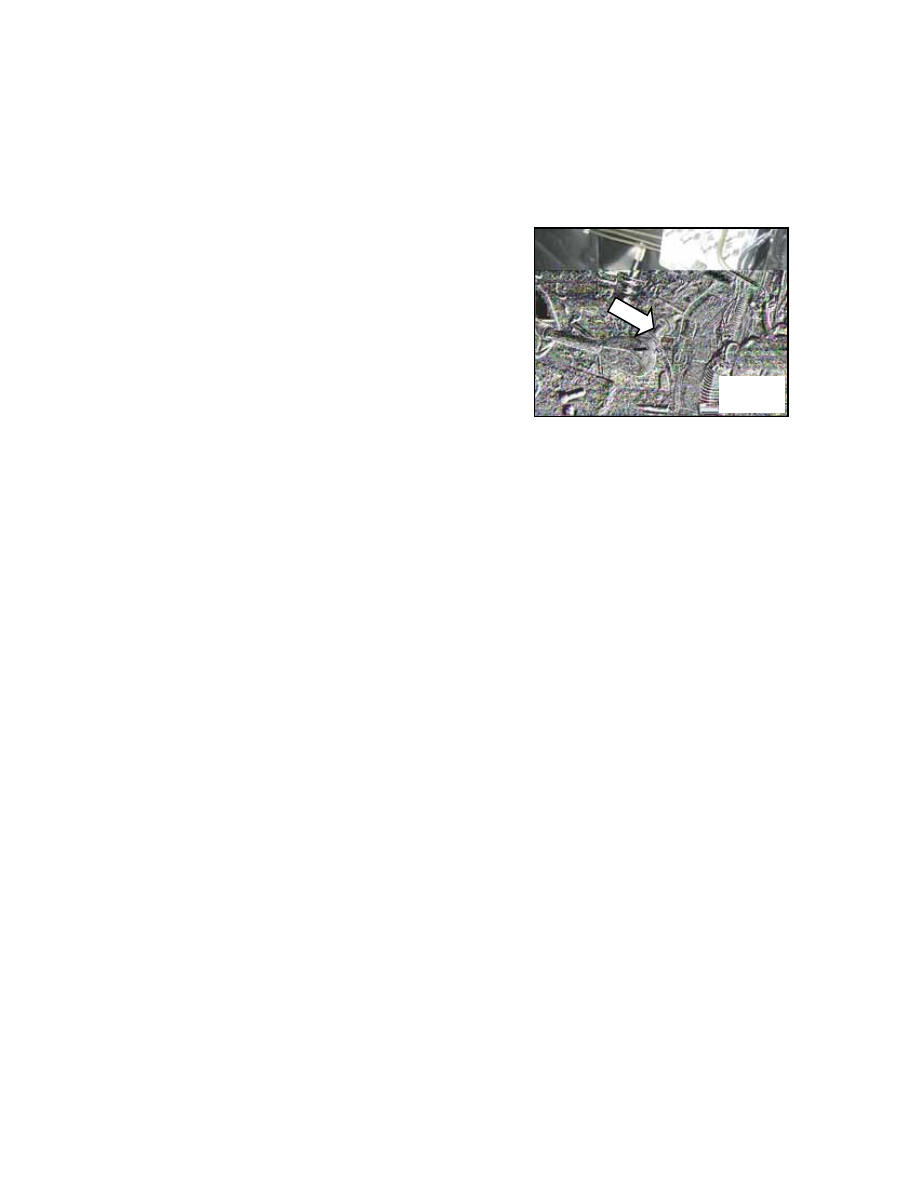Chery B11. Manual - part 91

5. Reinstalling the ABS assembly
Note: dismantle the hydraulic outlet
plugs on ABS assembly only when the
brake pipeline is to be fixed to avoid
foreign matters entering into the braking
system.
Clean the electronic control module
seals and BPMV sealing washer with
alcohol.
(1) Install the ABS assembly onto the
bracket and screw it fast with a torque of
18-30Nm.
(2) Unfix the plugs on hydraulic outlets,
fix brake pipes and make sure that they
are correctly connected.
(3) Fill new brake fluid into the liquid
storage tank until the liquid reaches the
MAX level and bleed as required.
(4) Turn on the ignition switch and ABS
alarm lamp must be on for 1.7 seconds
before going off.
(6) Clear the memory and check if there
is any fault code.
(7) Carry out final trial running to ensure
that ABS is functioning well.
Two. Description of ABS component
functions
1. Brake pressure modulator valve
(BPMV)
(1) Function: BPMV is installed in the
engine room and will regulate the brake
fluid applied onto each wheel during
anti-lock braking. During normal
braking, the BPMV maintains or reduces
the pressure of brake fluid of each wheel
regardless of the pressure of the brake
cylinder.
(2) Maintenance: BPMV is not a
maintainable component and therefore
not to be disassembled but replaced in
the case of troubles. BPMV features four
circuits which work on the front left,
front right, rear left and rear right wheels
respectively.
(3) Composition of BPMV:
40098
①Pump motor
BPMV includes one motor-driven
recycling pump which reduces the
pressure and redirects the brake fluid
from the brake caliper into the cylinder
during anti-lock braking.
②ABS valve
The ABS valves reduce or maintain the
brake fluid pressure of wheel circuits.
They consist of four boost valves and
four relief valves. During anti-lock
braking, the electronic brake control
module indicator valve reaches the
correct position. With the anti-lock brake
module, each hydraulic circuit pressure
may be adjusted by the corresponding
valves. Under normal circumstances, the
boost valve is open and the relief valve
is off so that the cylinder pressure may
directly work on the brake during normal